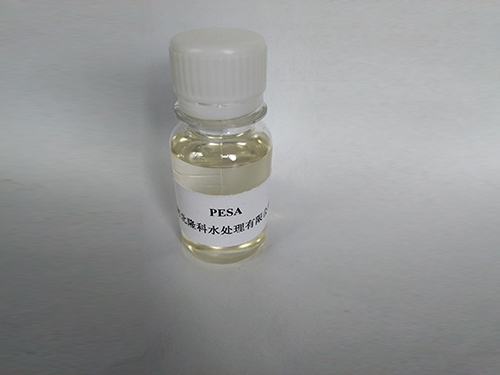Exploring the Applications and Safety of Chloro Methyl Isothiazolinone in Consumer Products
Chloro Methyl Isothiazolinone An Overview of its Applications and Safety Concerns
Chloro methyl isothiazolinone (CMI) is a widely used biocide and preservative that belongs to the class of isothiazolinones. This chemical compound is renowned for its effectiveness in preventing microbial growth and is commonly found in various products, including cosmetics, personal care items, household cleaners, and industrial formulations. As regulations surrounding chemical usage evolve and consumer awareness regarding safety increases, it is essential to explore the applications, benefits, and concerns associated with CMI.
Chloro Methyl Isothiazolinone An Overview of its Applications and Safety Concerns
While CMI has proven effective in preserving product integrity, it has also raised concerns regarding its safety profile. Studies have indicated that CMI can cause sensitization and allergic reactions in certain individuals, leading to skin irritation and contact dermatitis. These reactions have prompted regulatory agencies, including the European Commission, to impose restrictions on the allowable concentration of CMI in cosmetic products. For example, the maximum permitted concentration in leave-on products is set at a mere 0.0015%, while in rinse-off products, it can be present at concentrations up to 0.05%.
chloro methyl isothiazolinone

The growing awareness of chemical sensitivities has led to increased scrutiny of CMI and its counterparts. As a result, many manufacturers are seeking alternatives that provide effective preservation without the associated risks. Natural preservatives such as essential oils, plant extracts, and other botanicals are gaining traction as safer options. However, it is important to note that while alternatives may offer lower toxicity, they often come with trade-offs, including shorter shelf life and varying levels of effectiveness against certain pathogens.
In response to public concern over chemical safety, the cosmetic and personal care industry has made strides toward transparency. Many brands are reformulating their products to reduce or eliminate the use of CMI and other controversial preservatives. This shift aligns with consumer demands for safer, non-toxic products and has led to the adoption of stringent safety assessments by many companies. Brands are increasingly labeling their products with clear ingredient lists, allowing consumers to make informed choices about what they apply to their skin.
Research into the safety of CMI continues, as scientists strive to understand its impact on human health and the environment. The long-term effects of exposure, particularly in combination with other chemicals, remain an area of active investigation. Moreover, studies examining its influence on aquatic ecosystems are crucial, as improper disposal of products containing CMI can lead to water pollution, posing risks to marine life.
In conclusion, chloro methyl isothiazolinone serves an important role in preventing microbial contamination in a variety of products. While its effectiveness as a preservative is well-established, safety concerns have led to increased regulation and consumer vigilance. As the industry moves towards safer chemical usage, the future of preservatives including CMI will likely involve a careful balance between efficacy and safety, ensuring that products remain effective while minimizing potential health risks.
-
Water Treatment with Flocculant Water TreatmentNewsJun.12,2025
-
Polymaleic AnhydrideNewsJun.12,2025
-
Polyaspartic AcidNewsJun.12,2025
-
Enhance Industrial Processes with IsothiazolinonesNewsJun.12,2025
-
Enhance Industrial Processes with PBTCA SolutionsNewsJun.12,2025
-
Dodecyldimethylbenzylammonium Chloride SolutionsNewsJun.12,2025





